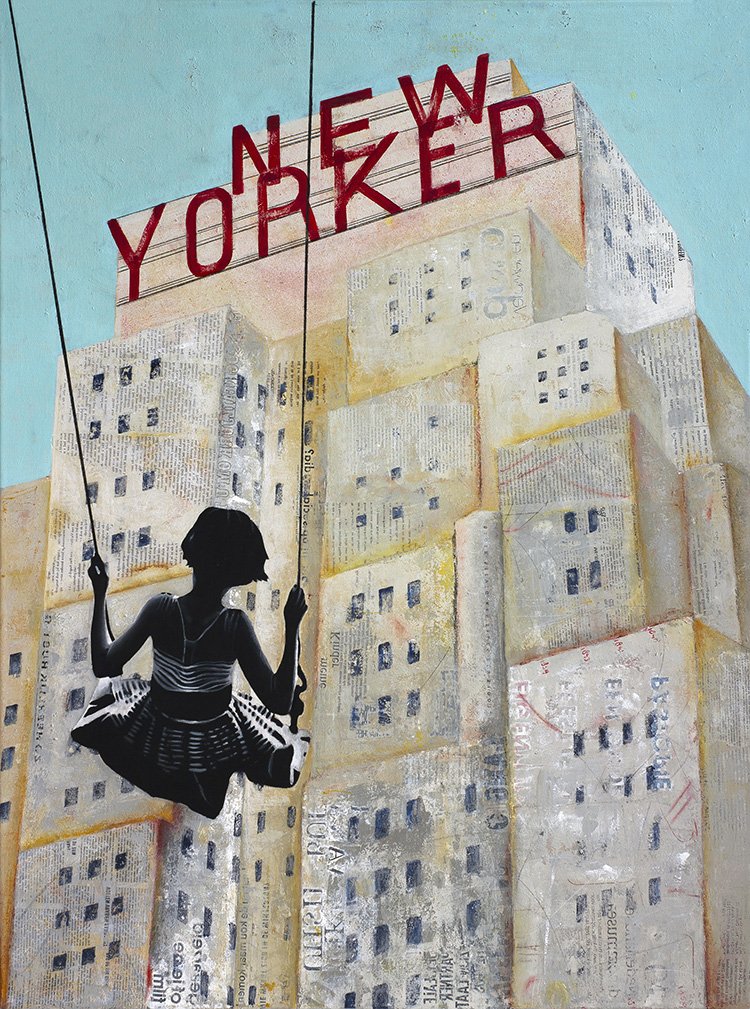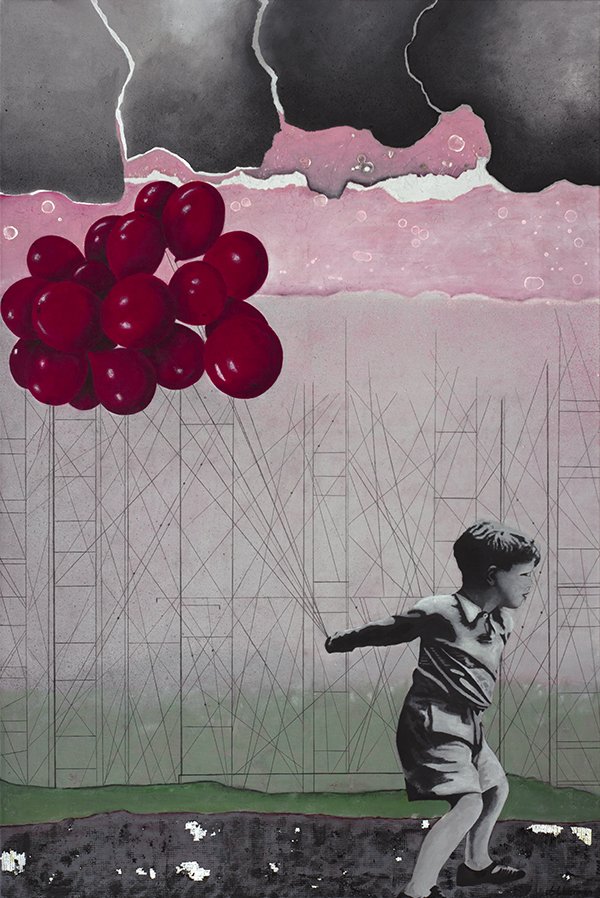"Monochrome Nostalgia: The artistic contrast in DB Waterman's black-and-white portraits".
A distinctive choice emerges in DB Waterman's world of art - the use of black-and-white painted children and people against vibrant, colourful backgrounds. This conscious decision to present monochrome figures against vibrant backgrounds serves as a powerful artistic tool, creating a striking visual contrast that not only attracts attention but also evokes a deep sense of nostalgia.
DB Waterman's black-and-white painted figures mimic the aesthetics of old photographs. This deliberate choice transports the viewer to a bygone era, recalling a time when photographic images were rendered in shades of grey. The deliberate use of this classic visual language serves as a conduit to the past and imbues the artwork with a sense of history and storytelling.
The monochrome figures, often children, stand out as timeless subjects against a backdrop of contemporary, colourful chaos. This deliberate juxtaposition serves to emphasise the enduring nature of childlike innocence and the stark contrast between the simplicity of childhood and the complexity of the surrounding world. The black-and-white renderings, reminiscent of vintage photographs, create an immediate emotional connection that stirs the viewer's hearts with a wave of nostalgia.
The choice of black and white also acts as a metaphorical device that reflects the dichotomy between the innocence of those portrayed and the dynamic, unpredictable world they live in. In a world awash with colour and complexity, the monochrome figures serve as anchors that draw attention to the purity and sincerity embedded in their shades of grey.
The nostalgia evoked by the black-and-white portraits goes beyond mere aesthetics. It serves as a poignant commentary on the fleetingness of time and the transience of youth. The conscious decision to paint the subjects in a style reminiscent of old photographs creates a sense of timelessness, as if these figures exist outside the confines of time boundaries.
Moreover, the black-and-white figures form a bridge between the past and the present. They invite viewers to reflect on their own memories, to recall childhood memories and to reflect on the enduring qualities of humanity that persist despite the ever-changing world. In this way, DB Waterman's artistic choice becomes a universal ode to the shared human experience.
In conclusion, DB Waterman's use of black-and-white painted children and people against vivid, contemporary backgrounds is a conscious and impactful choice. It is a visual strategy that not only creates a sharp contrast within the artwork, but also serves as a powerful means of storytelling. By evoking the essence of old photographs, these monochrome figures become vessels of nostalgia that connect viewers to the universal themes of innocence, timelessness and the enduring spirit of humanity.


